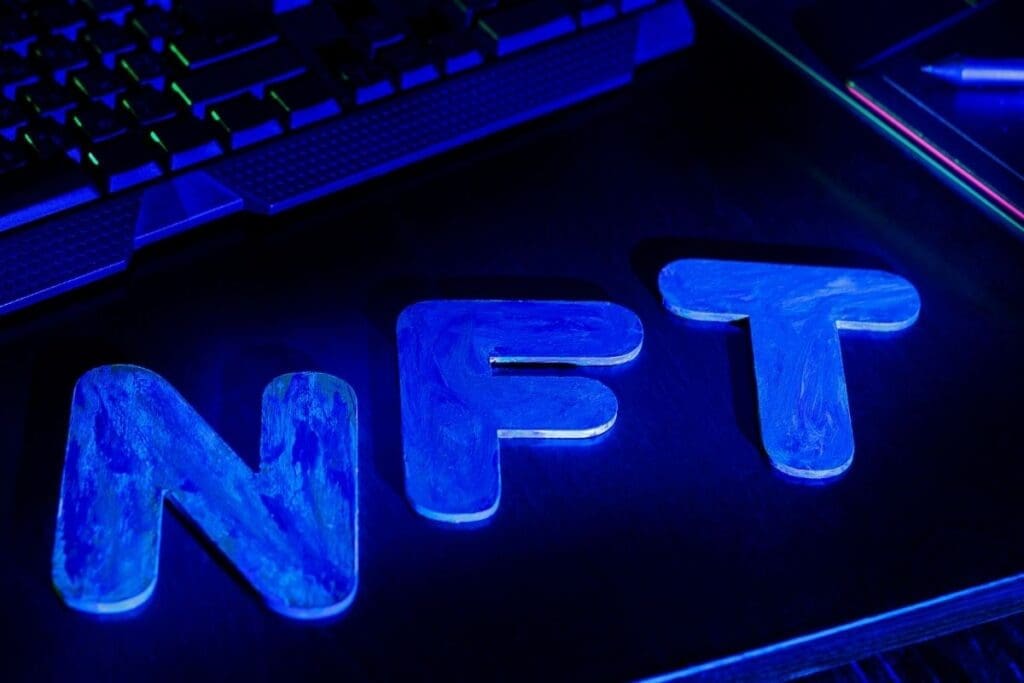The world of Non-Fungible Tokens (NFTs) has seen substantial growth, introducing new terms and ideas unfamiliar to many. One such term, “delist,” holds significant importance for individuals involved in NFT trading, collecting, or marketplace engagement. In this comprehensive article, we will delve into the concept of delisting in the NFT industry, explore its implications, and emphasize the importance of understanding it for both buyers and sellers.
What Does “Delist” Mean in the NFT World?

In the world of NFTs, delisting occurs when an NFT is withdrawn from an online marketplace, effectively making it unavailable for purchase. It is similar to removing a listing for a physical item on platforms like eBay or Amazon. When a creator or seller opts to delist an NFT, they are indicating that the asset is no longer for sale or up for auction, at least temporarily.
Various reasons can lead to an NFT being delisted, spanning from market strategies to technical challenges. The ability to delist provides sellers with the flexibility and authority to manage their digital assets.
Why NFTs Are Delisted


NFTs can be delisted for various reasons:
Price Strategy Adjustments
- Market fluctuations: The volatile nature of the NFT market may prompt sellers to delist their assets to await better opportunities. For instance, if the price of the underlying cryptocurrency (such as Ethereum) experiences significant fluctuations, a seller may choose to delist and relist their NFT at a different price.
- Reevaluating value: Some sellers may perceive their NFT as undervalued. By delisting the asset, they can reprice it or retain it for a longer duration, anticipating increased demand.
Platform-Specific Rules
- Marketplace guidelines: NFT marketplaces like OpenSea, Rarible, or SuperRare have their unique policies for listed assets. NFTs that violate these guidelines—due to copyright concerns, inappropriate content, or technical glitches—could be forcibly delisted by the platform.
Legal Concerns
- Intellectual property disputes: Many NFTs involve the sale of digital art, music, or other content. In the event of ownership or copyright disputes, the creator or marketplace may delist the NFT until the matter is resolved.
Seller’s Decision
- Personal or creative reasons: Artists or creators may opt to delist their work if they believe the market isn’t yet prepared for it or to maintain exclusivity. Some collectors may delist to hold their assets for extended durations, anticipating future market trends that could increase the NFT’s value.
Item Has Sold Elsewhere
- Cross-market sales: Occasionally, an NFT listed on multiple platforms might sell on one platform. This could prompt the seller to delist it from other platforms to prevent confusion.
How to Delist an NFT


Delisting an NFT typically follows these steps:
- Log into the marketplace: Sign in to the platform where the NFT is listed, such as OpenSea, Rarible, or Foundation.
- Access your assets: Locate the section of your account containing your NFTs, often labeled “My Items” or “My Listings.”
- Select the NFT: Identify the specific NFT you wish to delist from your collection.
- Delist option: Look for a “Delist” or “Cancel Listing” button provided by most platforms. Clicking this initiates the process of removing the NFT from public view and making it unavailable for sale.
- Confirm the delist: After opting to delist, you may need to confirm your decision. On blockchain-based platforms, a gas fee might be required to complete the delisting process.



















